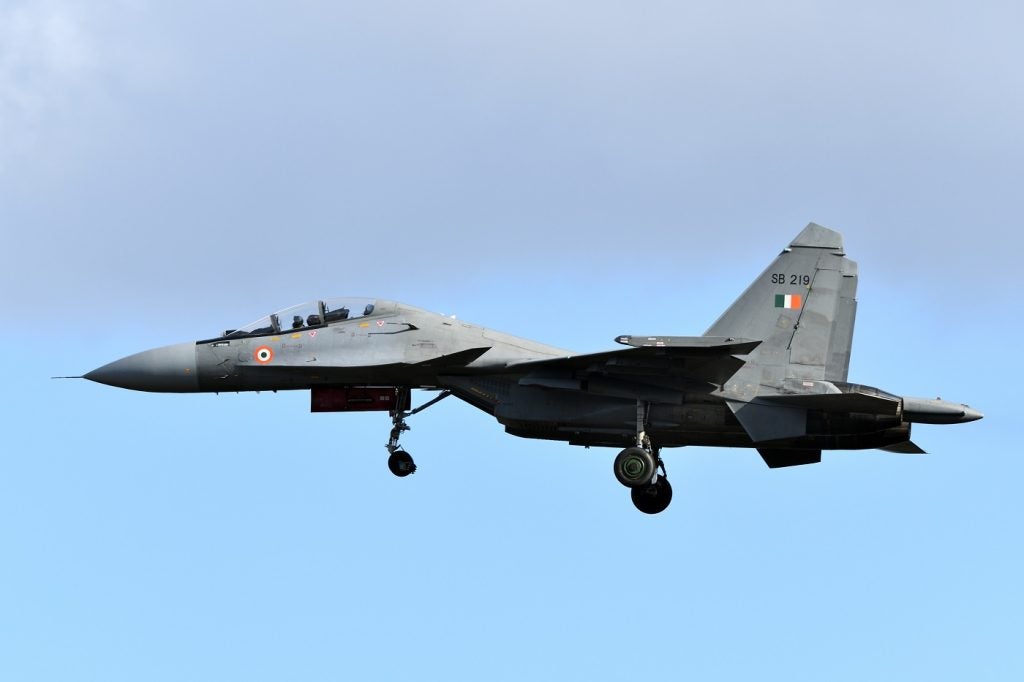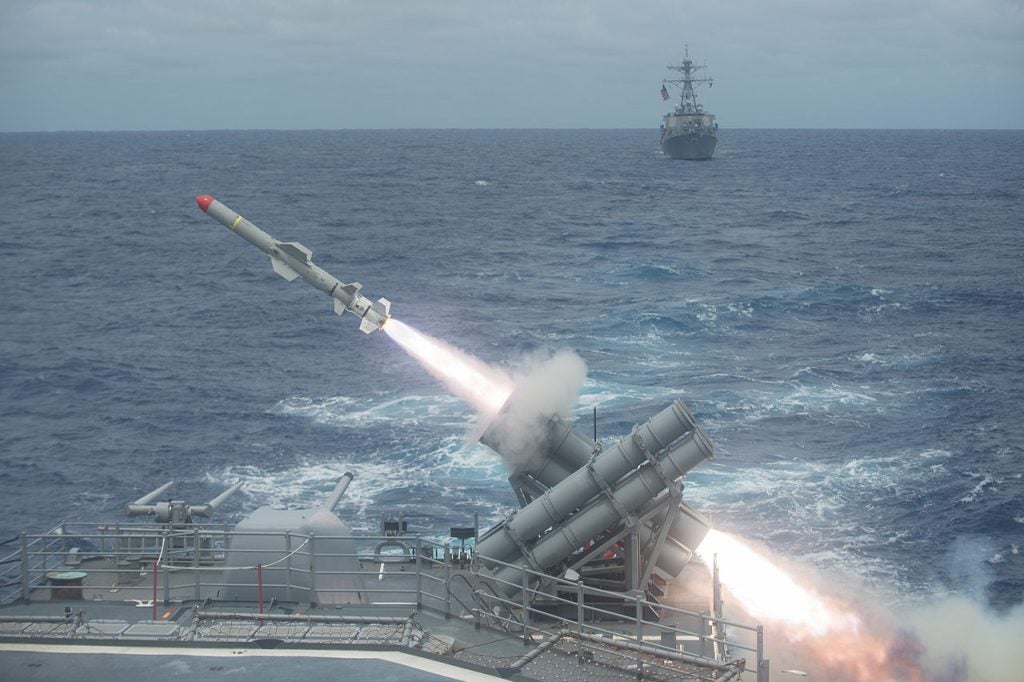In a recent report, the Government Accountability Office (GAO) has shed light on the daunting task ahead for the Department of Defense (DoD) as it plans to invest an estimated $1.7trn in the F-35 aircraft programme.
While the F-35 represents a formidable addition to the DoD's tactical aviation fleet, it faces maintenance challenges affecting its readiness. The GAO report emphasises the need for the DoD to reassess its future sustainment strategy, particularly in determining the roles of government and contractors in maintaining this advanced aircraft.
The F-35 programme represents a substantial investment for the DoD, with a staggering $1.7trn earmarked for nearly 2,500 F-35 aircraft. While these advanced fighters are critical assets for the military, a substantial portion of these funds will be allocated to the aircraft's operation, maintenance, and repair.
However, this ambitious plan is facing several costly maintenance issues. Setting up depots for complex repairs has faced delays, hindering the rapid turnaround of critical maintenance tasks. The F-35 fleet's operational readiness needs to be improved by sufficient equipment to keep the aircraft in optimal condition.
Delays in maintenance and supply chains have led to aircraft readiness challenges, impacting their mission availability. Furthermore, while the DoD aims to shift more maintenance responsibilities from contractors to the government, there currently needs to be a clear plan to achieve this transition.
Challenges affecting aircraft readiness
The readiness of the F-35 fleet is a cause for concern. As of March 2023, the F-35 mission-capable rate, which measures the aircraft's ability to perform its designated missions, stood at approximately 55%. This falls far short of programme goals and is primarily due to depot and organisational maintenance challenges.
The establishment of depot maintenance activities has lagged behind schedule, resulting in slow repair times, with over 10,000 components awaiting repair—above desired levels. Additionally, organisational-level maintenance has been hampered by issues such as a lack of technical data and training.
Lockheed Martin, the provider of the F-35 aircraft, released a statement on the F-35's technology refresh three this month, 'We have updated our F-35 TR-3 schedule projections with a first TR-3 aircraft delivery between April and June 2024. As a result, we now expect to deliver 97 aircraft in 2023, all in the TR-2 configuration.
We are producing F-35s at a rate of 156 per year and expect to continue at that pace while simultaneously working to finalise TR-3 software development and testing. Additionally, we remain focused on receiving the necessary hardware from our suppliers to deliver this critical combat capability for the F-35.
Government control vs. contractor management
The DoD heavily relies on contractors to lead and manage F-35 sustainment. However, as the DoD seeks to increase government control, it has yet to determine the ideal balance between government and contractor roles in sustainment. It has yet to identify or obtain the technical data required to support its preferred mix.
The military services are slated to take over F-35 sustainment management by October 2027, with the opportunity to make adjustments, particularly in areas currently managed by contractors. A reassessment of this approach could aid the DoD in addressing its maintenance challenges and reducing costs.
GAO recommendations
Given these challenges, the Government Accountability Office has made seven recommendations to the DoD, including reassessing sustainment elements to determine government and contractor responsibilities and the necessary technical data. The DoD has concurred with all of GAO's recommendations, signalling its commitment to improving the F-35 sustainment strategy.
As the DoD embarks on a significant investment in F-35 aircraft, it faces challenges in ensuring their readiness and cost-effective sustainment. As recommended by the GAO, a thorough reassessment of the maintenance strategy is essential to address these issues and ensure the long-term success of this vital military programme.
According to GlobalData's "US Defense Market 2022-2027" report, the F-35 programme involves numerous international partners across different levels. These include eight partners (Australia, Canada, Denmark, Italy, Norway, the Netherlands, Turkey, and the UK).
Ironically, this week, the US military made a public plea for information after a US pilot lost an F-35 Lightning II jet over South Carolina. In other recent F-35 developments, the US cleared South Korea to purchase another 25 F-35 aircraft in a deal with Lockheed Martin worth $5.06bn.












